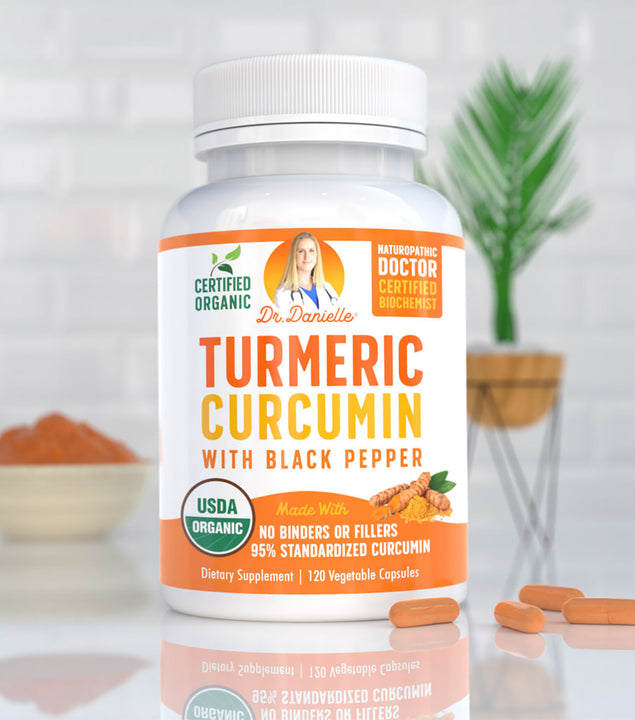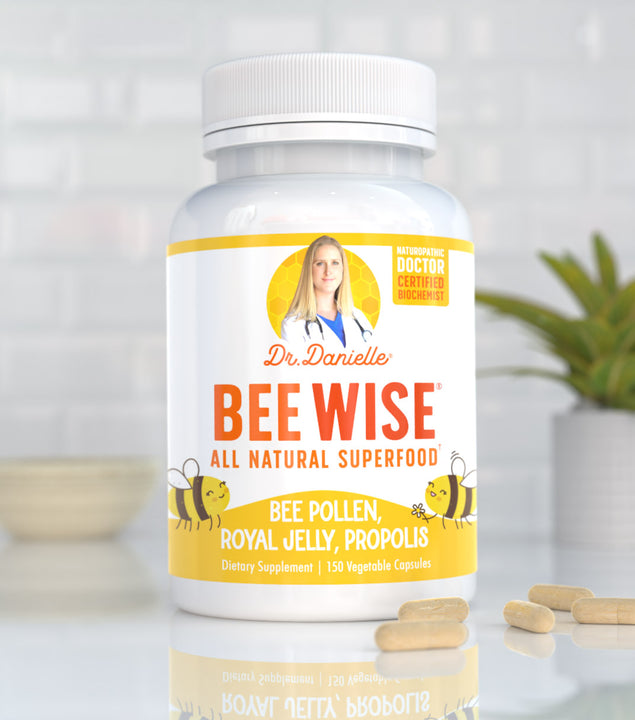Feeling bloated again? Let’s face it, we’ve all been there. But when bloating, gassiness and abdominal cramping become the new norm, you’ve got a problem. It’s easy to chalk digestive discomfort up to something we ate, but what if it’s not? What if it’s not what we are eating that’s bothering the gut? What if it’s our gut itself? If you’ve tried a whole host of dietary strategies that just haven’t worked, the signs may point to SIBO.
What is SIBO?

Small Intestinal Bacterial Overgrowth Syndrome (SIBO for short) is a fairly common condition, though grossly underdiagnosed. We know that the gut contains millions of diverse microorganisms that make up our greater gut microbiome. These beneficial bacteria help to synthesize vitamins, breakdown food, eliminate waste products and should be mainly found in the large intestine and colon.
The problem comes when these bacteria make their way up to the small intestine and can be found in similar numbers and diversity typically seen in the colon. This bacterial overgrowth will essentially feed off of the undigested food in the small intestine, producing a variety of gasses that will then lead to the classic symptoms of gas, bloating, and diarrhea.
How to Test
Still not sure if you could be suffering from SIBO? Luckily the test is fairly easy. The most common is the Breath Test. Used by a variety of practitioners, it typically goes like this:
- Step 1: Fast for 12 hours
- Step 2: Breathe into a small balloon to measure baseline levels of hydrogen and methane
- Step 3: Ingest a measured amount of sugar to essentially “feed” the bacteria. Repeat the breath sample for up to 3 hours to see if the levels of hydrogen or methane increase
Of course, you can also opt for a Fluid Sample. However, this involves the doctors passing a long-flexible tube down your throat and through your upper digestive tract to the small intestine. Once there, a sample of intestinal fluid can be taken and tested for bacteria levels. Not as easy, but certainly more accurate.
The Role of Probiotics

So, where do probiotics fit in? Typically, the standard treatment for SIBO involves antibiotics to kill off the overgrowth of bacteria. Unfortunately, antibiotics cannot differentiate between the good and bad bacteria. It’s essential to re-colonize the gut, and that’s where probiotics come into play. By introducing probiotics after a standard treatment, we can ensure that we reset our microbiome for long-term gut health.
Choosing the Right SIBO Probiotic

While studies on probiotics in SIBO have been limited, there is some evidence that shows Bacillus species showed the most promise in recolonizing the gut and reducing associated SIBO symptoms such as diarrhea and bloating. Bacillus spores are an especially hardy option that are shelf stable and will make it through the caustic environment of the stomach to colonize the lower areas of the gut. For good measure, you’ll want to include products that can reduce overall inflammation and support tissue in the gut as well.
Getting SIBO under control takes some effort. Choosing the right probiotic is a key step towards that goal.








